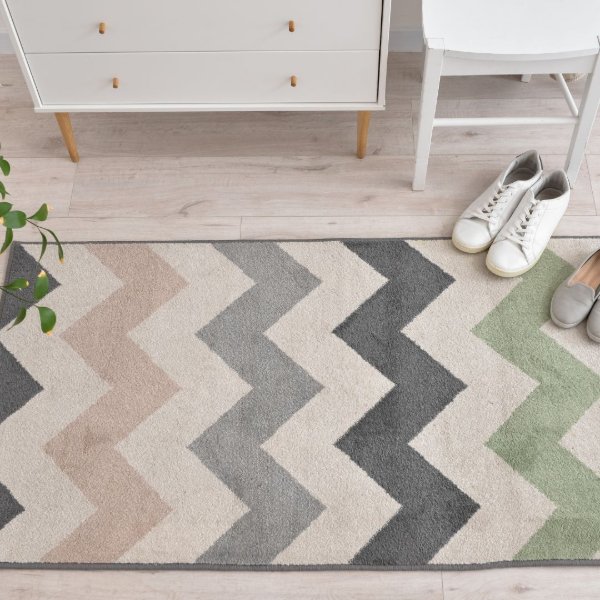Blog > Area Rugs and Flooring: Do’s and Don’ts for Style, Safety & Floor Protection
Area Rugs and Flooring: Do’s and Don’ts for Style, Safety & Floor Protection
Wednesday, August 6, 2025

Area rugs are more than just decorative pieces — they can define a space, add warmth, reduce noise, and protect your floors. But using them incorrectly can lead to aesthetic imbalances, tripping hazards, or even floor damage. Whether you have hardwood, laminate, tile, or carpet, here's a list of key do’s and don’ts to help you make the most of area rugs in your space.
Do’s:
1. Do Use Rugs to Define Spaces
Especially in open-concept homes, rugs help visually separate areas like the living room, dining room, or study areas. Choose rugs that complement the function and scale of each space.
2. Do Protect High-Traffic Areas
Placing a rug in entryways, hallways, or living rooms protects flooring from wear and tear — especially on hardwood or laminate floors. It also helps catch dirt and debris before it scratches the surface.
3. Do Use Rug Pads
Always place a non-slip rug pad underneath, no matter the flooring type. Rug pads add cushioning, prevent slipping, and stop dyes from transferring onto your floors.
4. Do Match Rug Size to Furniture
A too-small rug can make a room look disjointed. Ideally, in living rooms, front legs (or all legs) of sofas and chairs should sit on the rug. In dining rooms, the rug should extend at least 24 inches beyond the table to allow chairs to move comfortably.
5. Do Consider Floor Color and Texture
Pick rugs that enhance the tones of your existing flooring. For example, a light-colored rug can brighten dark wood floors, while textured rugs can add depth to smoother tiles or laminates.
Don’ts
1. Don’t Use Rugs to Cover Up Damage
Area rugs aren’t a fix for damaged flooring. If you’re hiding stains, scratches, or warping, address the root problem before layering a rug.
2. Don’t Forget About Moisture
Avoid placing rugs in damp areas like bathrooms unless they are specifically designed for it. Trapped moisture can lead to mold, mildew, and floor damage — especially on wood or laminate.
3. Don’t Use Rough-Backed Rugs on Delicate Floors
Avoid rugs with coarse or abrasive backings directly on hardwood, vinyl, or laminate. They can cause scratches or dull the finish. Always use a rug pad or felt backing for protection.
4. Don’t Overlook Cleaning and Maintenance
Area rugs need regular vacuuming and occasional deep cleaning to prevent dirt buildup that can grind into flooring underneath. Rotate rugs every few months to distribute wear evenly.
5. Don’t Ignore Proportions
An oversized rug can overwhelm a room, while one that’s too small will make your furniture look like it’s floating. Measure carefully before purchasing.
Area rugs are a powerful design tool that can enhance comfort, protect your flooring, and tie a room together — when used correctly. By following these do’s and don’ts, you’ll create a balanced, stylish space that looks good and lasts longer. For additional questions and recommendations on how to best utilize area rugs in your home, contact Jason’s Carpet and Tile today at 954-231-4487.
